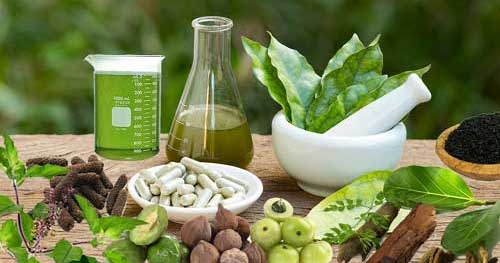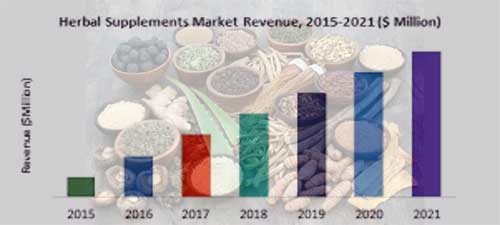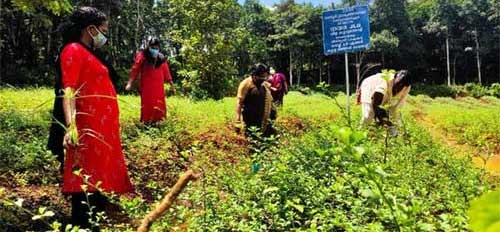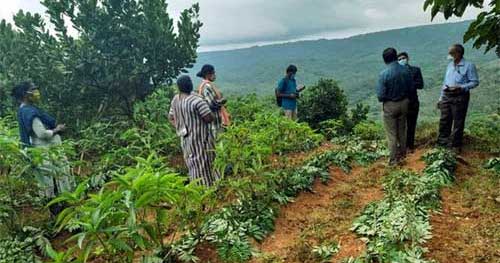Herbal Farming
Kerala The land of Medicinal Plants

The Kerala State is a rich repository of plant diversity due to its peculiar phytogeography. The foothills of the Western Ghats, which run along Kerala's eastern border, are rich in rare and valuable medicinal plants. This forest contains approximately 65 percent of the plants required for Ayurvedic medicines and nearly 80 percent of the plants used in Siddha remedies. In addition to the tropical forests, many herbals can be found in backwater areas, marshes, swamps, and coastal regions of Kerala.
Recent analysis shows that of the 5100 flowering plants estimated in Kerala, more than 1000 possess medicinal values. In that 450 plant species native to or naturalised in Kerala are extensively used in Indian systems of medicines. Rural and tribal communities are using over 2,000 species of lesser-known wild plants for a range of medical purposes, many of which are not fully documented.



